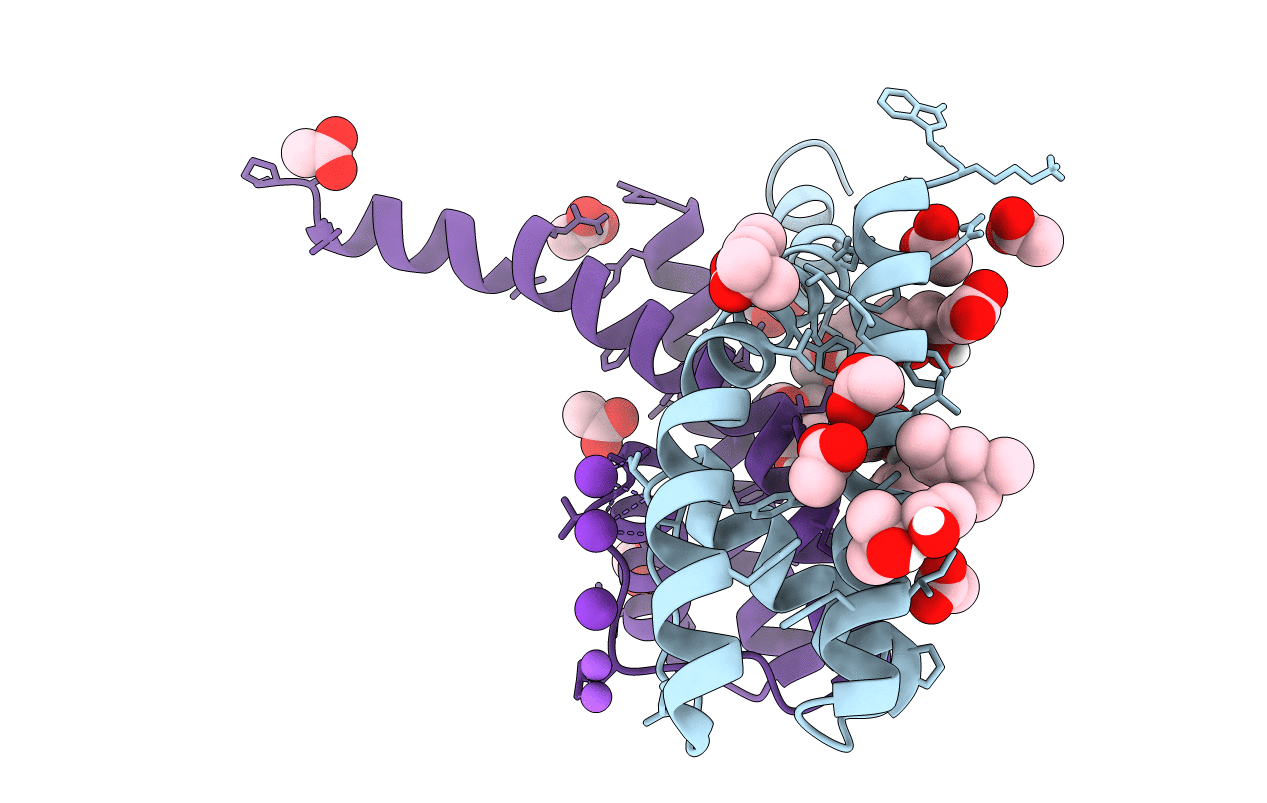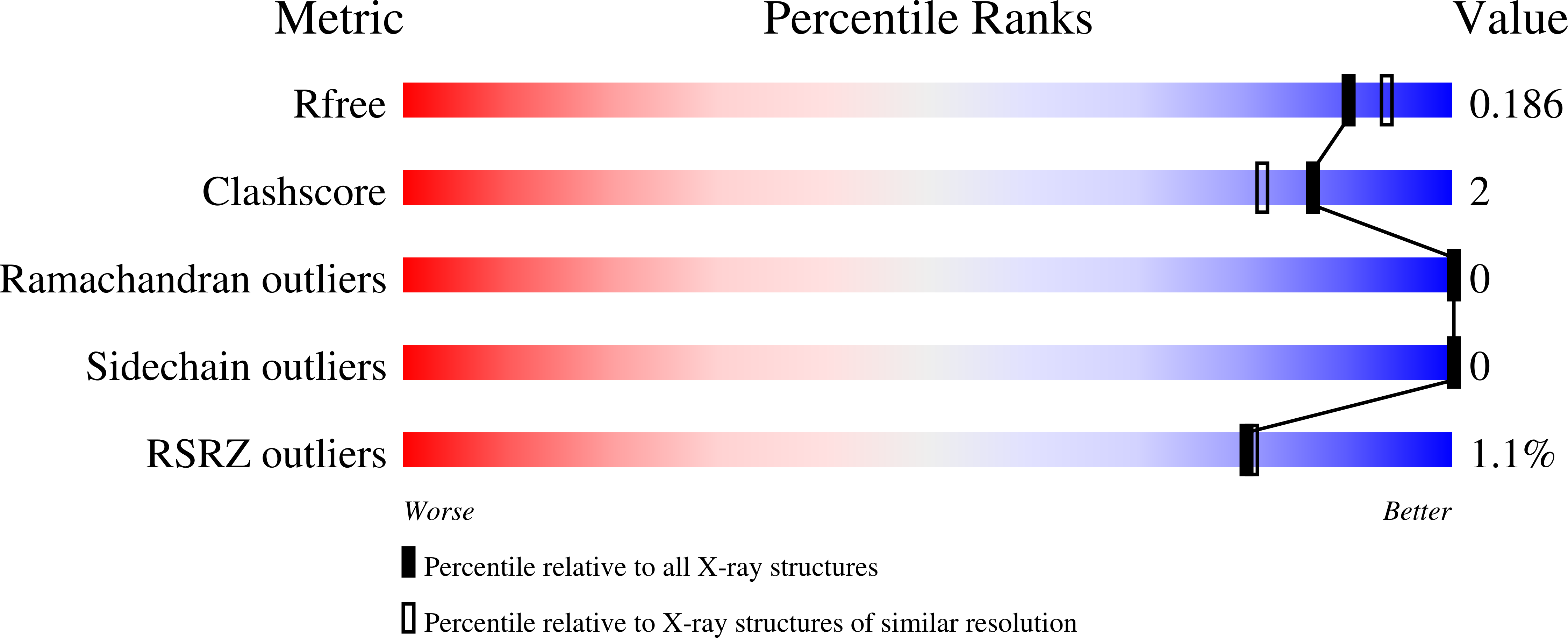
Deposition Date
2021-06-02
Release Date
2022-06-22
Last Version Date
2024-02-07
Entry Detail
Biological Source:
Source Organism:
Host Organism:
Method Details:
Experimental Method:
Resolution:
1.85 Å
R-Value Free:
0.18
R-Value Work:
0.15
R-Value Observed:
0.16
Space Group:
C 2 2 21


